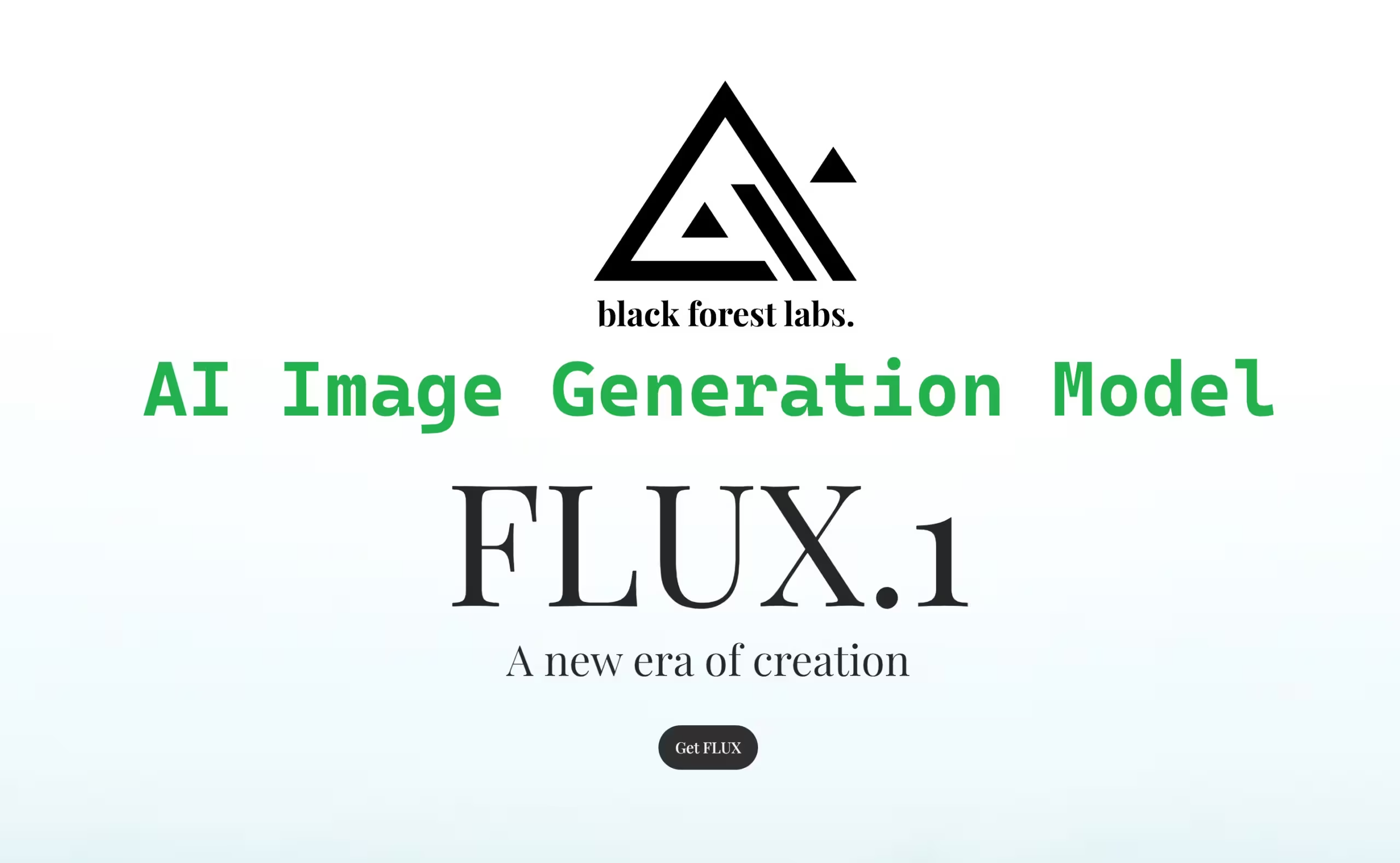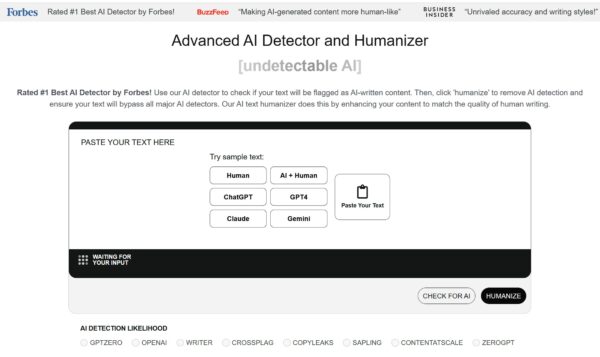Table Of Content
Flux.1 is a state-of-the-art open-source machine learning model developed by Black Forest Labs. This powerful text-to-image generation model, boasting an impressive 12 billion parameters, is designed to deliver exceptional performance in visual quality, prompt adherence, and output diversity. It’s built on a hybrid architecture combining multimodal and diffusion transformer blocks, making it a top contender in the AI image generation field.

How to Use Flux.1
To get started with Flux.1, you can run the model directly in your browser or programmatically in your preferred language. For example, using the Replicate platform, you can run the model with a simple JavaScript snippet. Detailed instructions and code samples are available on GitHub and the official documentation pages
Flux Ai Performance
Flux.1 excels in generating high-quality images with remarkable detail and accuracy. It handles complex compositions and text elements efficiently, setting it apart from older models. The model’s ability to produce realistic human anatomy and photorealistic images makes it ideal for a variety of applications.

Flux.1 Variants
Flux.1 comes in three versions to cater to different needs:
- Flux.1 [pro]: The premier version, offering top-tier performance for commercial use. It is accessible via API on platforms like Replicate and fal.ai.
- Flux.1 [dev]: An open-weight, guidance-distilled model for non-commercial applications. It maintains high quality and prompt adherence similar to the pro version but is optimized for efficiency.
- Flux.1 [schnell]: The fastest variant, suitable for local development and personal use. It operates up to ten times faster than the base model and is openly available under an Apache 2.0 license.

Pros and Cons
Let’s now take a look at the main Flux AI advantages and disadvantages:
Pros:
- High Quality: Generates visually stunning images with detailed and accurate outputs.
- Versatile: Handles complex prompts and text elements efficiently.
- Fast: The schnell variant offers rapid processing times, making it suitable for high-demand applications.
Cons:
- Complexity: Requires some technical expertise to implement and utilize effectively.
- Bias: As with many AI models, it may amplify existing societal biases in the generated outputs.











Leave a Reply
You must be logged in to post a comment.